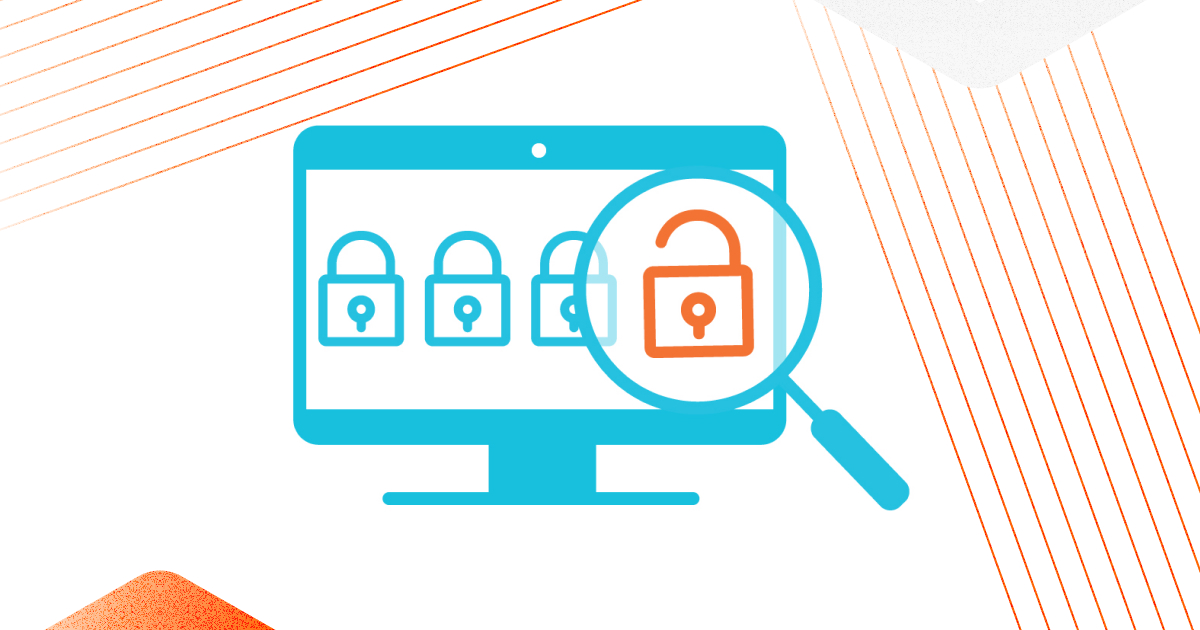Internal Vulnerability Scanner: What is and Usage
The vulnerability scanner is one of the main tool for vulnerability management process. Internal vulnerability scanning examines an organization's security profile from insider or attacker who has already initial access to the company's infrastructure.
In contrast, external scanning takes place outside your network. It looks for vulnerabilities on the perimeter, using which attackers can penetrate the network and attack its assets.
- What Is Internal Vulnerability Scanning?
- How does Internal Vulnerability Scanner Work?
- What Are The Benefits of Using Internal Vulnerability
- What does Scanner Check?
- How Often Should Scans Be Performed?
- Internal vs External Vulnerability Scanner
- Conclusion
- FAQ
What Is Internal Vulnerability Scanning?
Internal vulnerability scanning is performed from a location with access to the internal network for greater scan coverage. These scans show vulnerabilities at greater depth in the infrastructure because they have greater visibility into the network compared to external scans. Every enterprise should systematically conduct internal vulnerability scanning, because this process ensures and maintains the constant security of the infrastructure
How does Internal Vulnerability Scanner Work?
Depending on the software solution used and the scanning mode, different methods and tactics will be used to get a response from the scanned asset in the target area. Most scanners are based on device responses, the scanner attempts to match the results against a database and assign risk scores (severity levels) based on these responses. Vulnerability scanner can be configured to scan all network ports and running services, as well as suspicious applications and services.
What Are The Benefits of Using Internal Vulnerability Assessment Scanner?
Internal scanning of the infrastructure makes it possible to assess the security of the IT infrastructure of the enterprise from the side of attackers or insiders, in particular, who has access to corporate assets.
By exploring the infrastructure in this way, internal scanners provide the following benefits:
- Simulation of human behavior and actions with standard privileges to identify vulnerabilities, the compromise of which can damage critical assets of business systems, their functions and operations with them;
- Checking permissions and privileges with appropriate insider access;
- Identification of systems at risk and prioritization of vulnerability elimination;
- Provide useful information to improve patch management and security processes.

What does Scanner Check?
An internal vulnerability scanner evaluates information within the network. Many system threats and network attacks come from company insiders. Internal vulnerability scanning can provide companies with improved vulnerability protection against the following threats:
Network breaches
Hacking breach ****can occur by an external attacker. The sources may include malware that has already received initial access.
Accidental attacks
Accidental attacks by employees (insiders) can occur via common breaches such as:
- Open phishing mails and sharing passwords;
- Connections to unsecure Wi-Fi points;
- Open suspicious devices and keep them open for other employees;
- Human mistakes: share sensitive data, miss configurations, non-compliance with processes, etc.
Intentional attacks
Intentional attack coming from sources within the company, such as:
- Recently laid off workers;
- Employees who were paid by competitors to sabotage;
- Excess user privileges.
How Often Should Scans Be Performed?
The frequency of scanning depends on the size of your organization. For example, you can run an internal scan once a month, following Microsoft's Patch Tuesday.
Or when such Rockstar vulnerabilities like Proxylogon, PrinterBug, log4j etc. appear. At these times, it's best to rescan your critical systems.
Internal vs External Vulnerability Scanner
External and internal vulnerability scanners have different purposes. The best solution would be to consider security from the infrastructure from both sides and use both solutions.
Vulners provides its own API to build internal patch management. After collecting packages on your hosts, all you have to do is send the results through the API and get the results, based on which it is possible to build a dashboard or send to your SIEM. Also, Vulners provides a Perimeter scanner for external scanning.
Conclusion
Asset scanning is part of the vulnerability management process, in which consistency, up-to-date results and updates of vulnerable systems are important. Vulners has great expertise in vulnerability management and can support you in building your own vulnerability assessment - contact us.
FAQ
What Is Internal Vulnerability Assessment?
Internal vulnerability scanning is a vulnerability assessment which performed with full access to the infrastructure being scanned.
What does Internal Scanner Check?
Internal Scanner Check is one of the iterations in the vulnerability management process.
What is the difference between external and internal vulnerability scanning?
External scanning does not allow access to the internal network. With internal security scans, there is access to the internal network, it is possible to scan using credentials.
